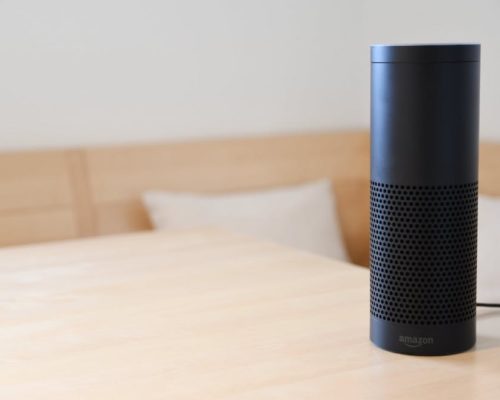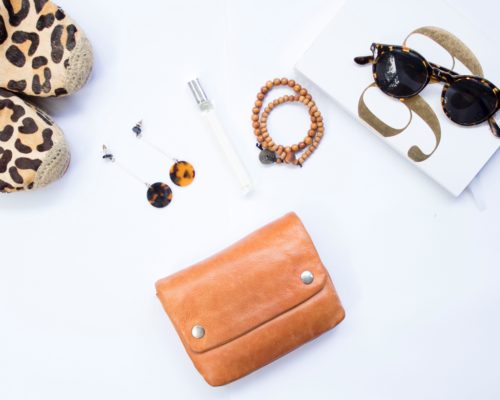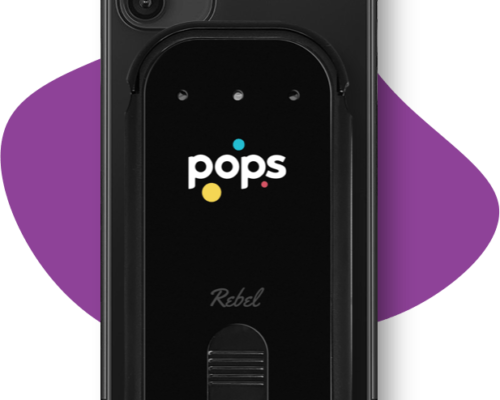Thinking about your diabetes constantly is exhausting, especially when you have to worry about what to do in an emergency, but having a preassembled kit for those moments can give you a little peace of mind.
Here is how to build the best diabetes emergency kits for every type of situation.
Table of Contents
1. The Basic Diabetes Emergency Kit
Emergencies happen. Bodies can be unpredictable, stressful days can mean you miss a meal or even forget your insulin. While you should keep something for routine lows in your daily kit, desk drawer, or bag, here’s what you need for a basic diabetes emergency kit. All of the following kits should have these items in common.
- An easily identifiable bag
- A backup meter with strips and lances
- A small container with a lid for used sharps and strips
- Alcohol swaps
- A Glucagon kit
- Glucose gel, tabs, or other easily consumable preportioned snacks like a box of raisins
- A small supply of medications
- Pump change supplies
- A bottle of water
- A piece of paper or ID card with your diagnosis, emergency content
All kits should be checked every three to six months to make sure medication and supplies have not passed their expiration date and your batteries are still charged.
2. The Grab-and-Go
This can also serve as your “grab-and-go” kit for emergencies where you may need to leave quickly and don’t have time to plan a lot of supplies. In addition to all the items listed in the “Basic Emergency Kit,” your Grab and Go emergency kit should include:
- A larger waterproof container or bag with a handle for your supplies
- A compartment or inner storage for cold packs to store insulin
- Keep these in your freezer ready to go (not shoved behind freezer-burned peas)
- Syringes
- Pen needles (if you use an insulin pen)
- Basic first aid supplies
- Small scissors, bandages, etc.
- Medical tape, scissors, adhesive remover (or baby oil)
- A flashlight
- Food and water to last 2-3 days
- To save space pack things like protein bars and other compact but nutrient-dense food that fits your dietary needs
- Extra batteries and a charging bank
3. The Big Deal Kit
If you live in an area with extreme weather events or natural disasters like hurricanes, earthquakes, or blizzards, or are someone who just likes to be ultra prepared, your kit should have all of the items in the two kits above, as well as:
- A larger cooler
- Ketone testing products
- Comfortable, durable shoes and extra socks in case of evacuation
- A blanket
- An emergency radio
- A list of your doctors’ numbers and locations
BeyondType1 also recommends stocking up on your supplies in advance to avoid any issues during a big event, as well as going with a larger national or regional pharmacy chain so that you can get your medication refills anywhere. If you’re absolutely out of diabetes supplies during a natural disaster or other large emergencies you can also contact the Red Cross.
While no one likes to think about emergencies, you won’t have to worry about your diabetes with these prepacked kits. We hope these 3 diabetes emergency kits helped you and inspired some of your own ideas!
We are all in this together.
Your friend,










